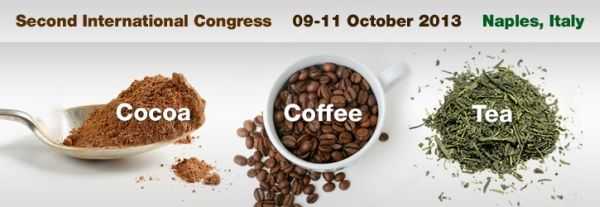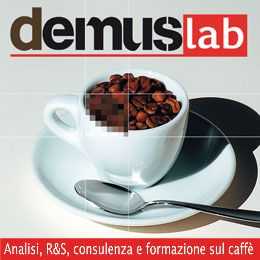by Calani L., Bresciani L., Dall’Asta M., Del Rio D. The φ2 Laboratory of Phytochemicals in Physiology, LS9 Interlab Group, Human Nutrition Unit, Department of Food Science, University of Parma, 43125 Parma, Italy.
Dietary phenolic compounds comprise a diversity of flavonoids, as well as simpler and more complex phenolic structures [1].
They are of substantial interest because of their perceived beneficial effects on health and are, arguably, among the most investigated group of compounds in nutritional research.
Green and black tea are among the major dietary sources of polyphenols, catechins or flavan-3-ols, together with variously polymerized and oxidized oligomers being the main represented polyphenolic subclass.
Epidemiologic evidence is mounting describing the protective effects of tea consumption against the risk of several chronic degenerative diseases. Moreover,
specific mechanisms of action, such as improvement of vascular elasticity and protection against inflammation, have been extensively investigated and are good candidates to explain the said protective effects.
Recent works established that tea phenolics undergo extensive metabolism upon consumption in humans, initially in the small intestine prior to passage to the large intestine where the colonic microflora-mediated production of smaller compounds occurs.
Tea flavan-3-ols and their oligomers produce their own unique spectrum of colonic catabolites, which circulate and are excreted in urine in substantial amounts.
These hybrid catabolites, generated by the interaction of the parent molecules with both human and microbial enzymes, are the best candidates if we want to understand the biological effects of tea phenolics.
The set of actions to reach this goal includes:
i) the development and application of adequate analytical methodologies to clearly identify and quantify the most represented human/microbial phenolic metabolites (and in the case of black tea, also what are the parent complex phenolics present in the beverage);
ii) the accurate use of organic chemistry to synthesize the identified metabolites and
iii) the set up of innovative experimental models to test the physiological relevance of these metabolites in humans. This lecture will discuss all these issues, referring to the most recent work on the topic and will define what still needs to be achieved to fully understand the real significance of tea phenolics in the context of human health and disease prevention.
References
[1] Del Rio, D. et al. Dietary (Poly)phenolics in Human Health: Structures, Bioavailability and Evidence of Protective Effects Against Chronic Diseases. Antioxidant & Redox Signaling 2013 [Epub ahead of print].













